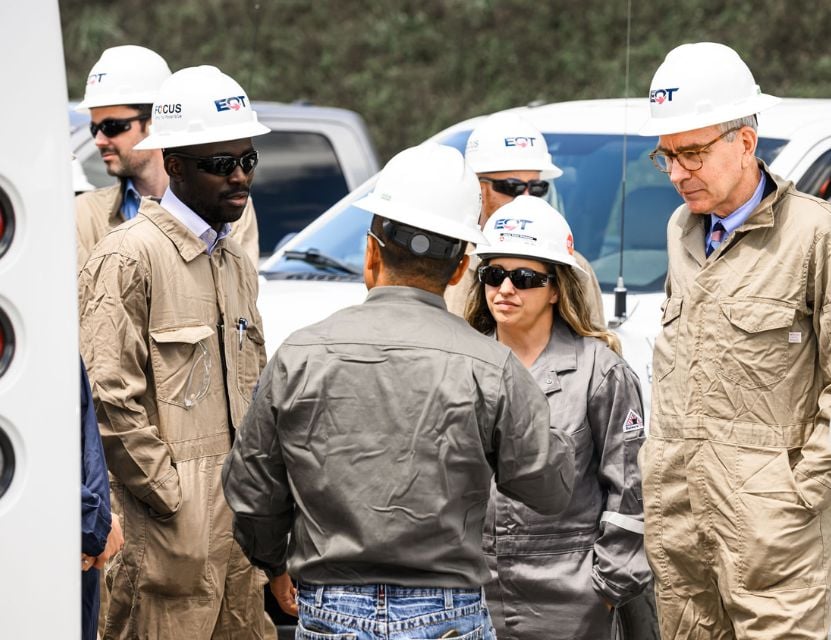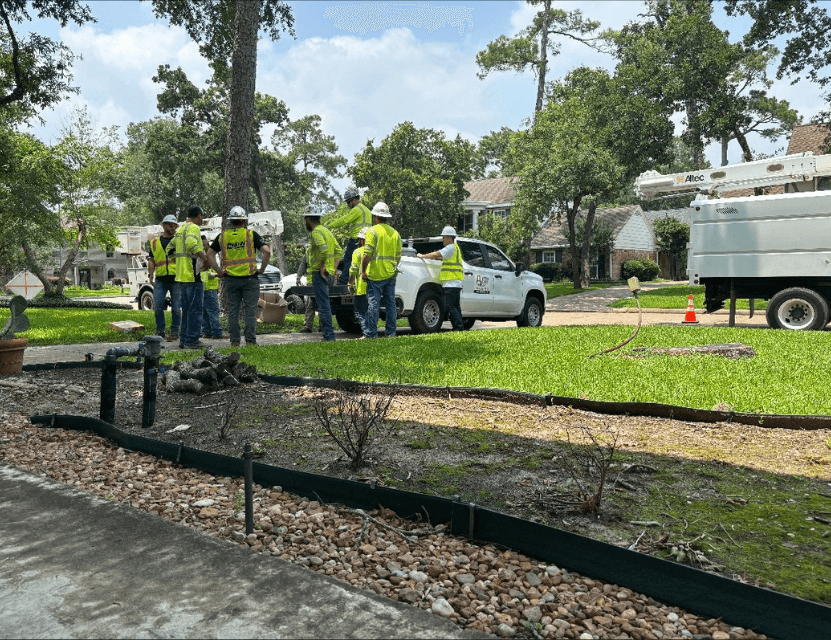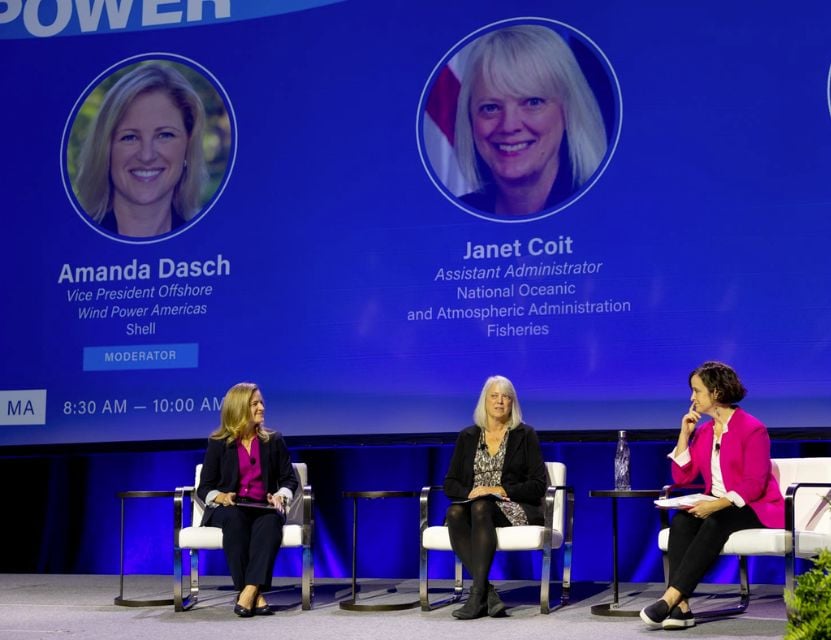When Gilly Rosen was studying to become a geologist, she took a long view into history -- very long. “My academic background was in paleoclimatology,” she says. It opened her eyes to the natural world in new ways. In her studies, as well as her work as a geologist for energy companies, she had the chance to visit and explore different landscapes and formations. “A big part of that is looking for cleaner sources of fuel and technologies,” she says.
So when an opportunity popped up to join the U.S. Department of Energy and work on carbon capture and storage, she jumped at the chance. “We’re using our experience, R&D, and the technologies that we have become familiar with over the years, and leveraging our position as leaders in research and manufacturing to deploy technology for our very ambitious goal.”
That goal is one of the “Earthshots” launched in 2021. “The climate crisis calls for a different kind of moonshot. Energy Earthshots will accelerate breakthroughs of more abundant, affordable, and reliable clean energy solutions within the decade,” the department says. “They will drive the major innovation breakthroughs that we know we must achieve to solve the climate crisis, reach our 2050 net-zero carbon goals, and create the jobs of the new clean energy economy.”
Gilly is part of the “Carbon Negative Shot,” which the Energy Department describes as “an all-hands-on-deck call for innovation in carbon dioxide removal pathways that will capture carbon dioxide from the atmosphere and store it at gigaton scales for less than $100/net metric ton of carbon dioxide-equivalent… By 2050, we need to be removing gigatons of CO2 from the atmosphere and/or oceans. To put this into perspective, one gigaton of CO2 is equivalent to approximately one-fifth of the United States’ annual CO2 emissions in 2022.”
The goals to get there are big, with specific storage targets to achieve in blocks of five years. But Gilly is optimistic that they can be met.
CCS myths busted
Numerous energy organizations often find themselves having to bust myths about carbon capture and storage (CCS). The Energy Department itself notes that there's a mistaken belief that “nothing is being done about managing CO2 emissions from large-scale anthropogenic sources” -- that is, the result of human activities.
In fact, the department “has about 20 years of R&D experience in carbon capture and storage,” Gilly says. “We’re at the commercial deployment phase now. Our big goal is to get the infrastructure in place to commercially deploy a new industry.”
Those efforts are getting a big boost in funding from the Bipartisan Infrastructure Law. And in August, the Biden-Harris administration announced up to $1.2 billion for commercial-scale direct air capture facilities in Texas and Louisiana.
Teams help motivate
Gilly spent years working for energy companies in Houston. During that time, she also volunteered as a guide for athletes with disabilities. She ran the Houston marathon and other races together with Leti Sandoval, a blind deaf runner.
Recently, Gilly moved back to New York State. Now, she’s excited to join the Women & Allies in Energy team for the TCS New York Marathon. “The community and support is great,” she says. “It always helps. When you’re in a dark place or not feeling very motivated, you think about your teammates and your work as a collective.”
The team’s motto is “Running toward net zero.” To Gilly, that makes it a perfect metaphor for the teamwork it takes to achieve the energy transition. “To get to net zero we need to do everything possible, running towards it from whatever path you’re on. We need multiple efforts, technologies, and pathways to get to a sustainable future.”
In fact, the silos that some people outside of the energy community imagine -- with people in renewables operating separately, or even against, those in fossil fuels -- are not the reality on the inside, she says. There's a lot of cooperation, and the skills people develop in oil and gas are helping them transfer into careers for green energy efforts. “CCS requires well drilling. So does geothermal. There are a lot of people in the workforce that can easily make that transition.”
“And we will still need fossil fuels,” she adds. “I couldn't put an end date on that if I tried. We need cleaner alternatives and mitigating practices.” It’s about everyone coming together as allies, Gilly says. “It takes all of us.”


.png)
